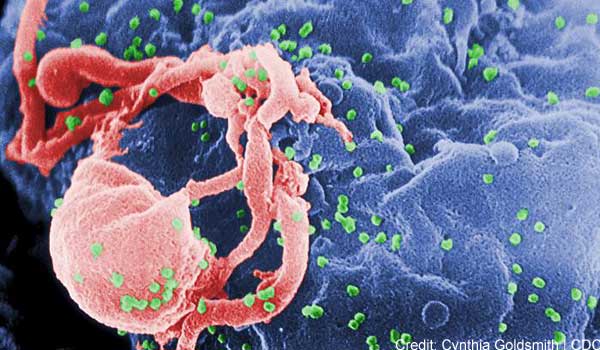30 Years Later: AIDS by the Numbers

This week marks 30 years since the first cases of AIDS were reported in 1981. Since that time, great strides have been made in understanding the disease and treating it, yet it remains incurable. Here's a look at how AIDS has changed our world:
25 million: The number of people worldwide who have died of AIDS since the start of the epidemic, according to the National Institutes of Health.
576,000: The number of people in the U.S. who have died of AIDS since the epidemic began.
18,000: The number of people with AIDS who die each year in the U.S.
33.4 million: How many people were living with HIV (the virus that causes AIDS) or AIDS worldwide in 2008, the most recent year for which statistics from the World Health Organization are available.
2.1 million: Of those 33.4 million, the number who are children under age 15.
1 million: How many people in the U.S. are living with HIV, according to the CDC.
Get the world’s most fascinating discoveries delivered straight to your inbox.
21: The percentage of those people who are unaware of their infection.
6: Where AIDS ranks among the top causes of the death among 25- to 44-year-olds in the U.S. In 1995, AIDS was first on this list.
56,300: The estimated number of Americans becoming infected with HIV each year.
53: The percentage of those infections that men who have sex with men account for.
31: The percentage of new infections in the U.S. that people acquire through heterosexual contact. Acquiring an infection through the use of injected drugs accounts for 12 percent.
27: The percentage of new infections in the U.S. who are women.
46: The percentage of people living with AIDS in the U.S. who are black.
6.6 million: The number of people in low- and middle-income countries who were receiving antiretroviral therapy for AIDS at the end of 2010, according to the World Health Organization (WHO). That's 1.4 million than the year before, the largest ever annual increase.
9 million: The number of people who were eligible for antiretroviral therapy in 2010 but did not receive it, according to WHO.
96 percent: how much less likely a person with HIV was to pass on the disease to their partner if they took antiretroviral drugs, in a recent study .
- AIDS: A 'Winnable' Public Health Battle?
- Cure for HIV Claimed But Not Proven
- HIV Pill Seems to Succeed as a Preventative
Follow MyHealthNewsDaily on Twitter @MyHealth_MHND.



